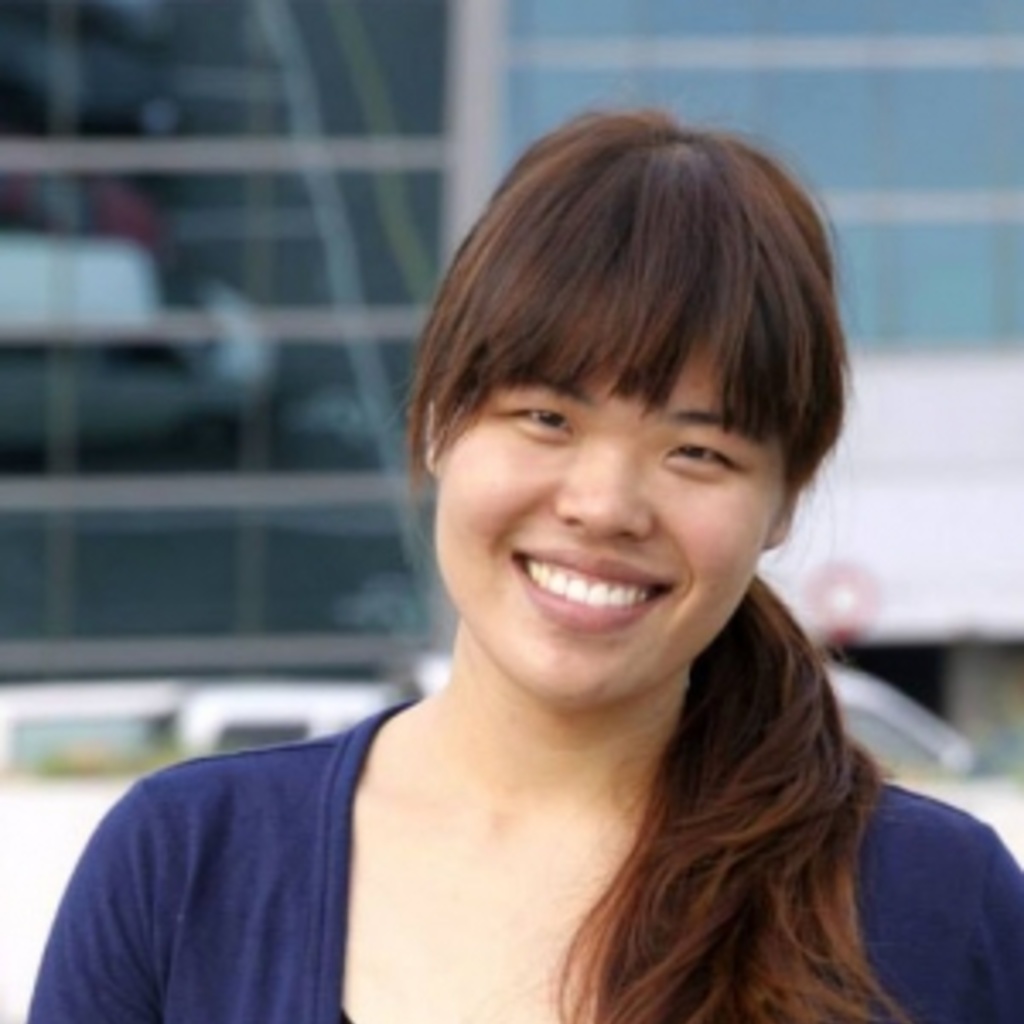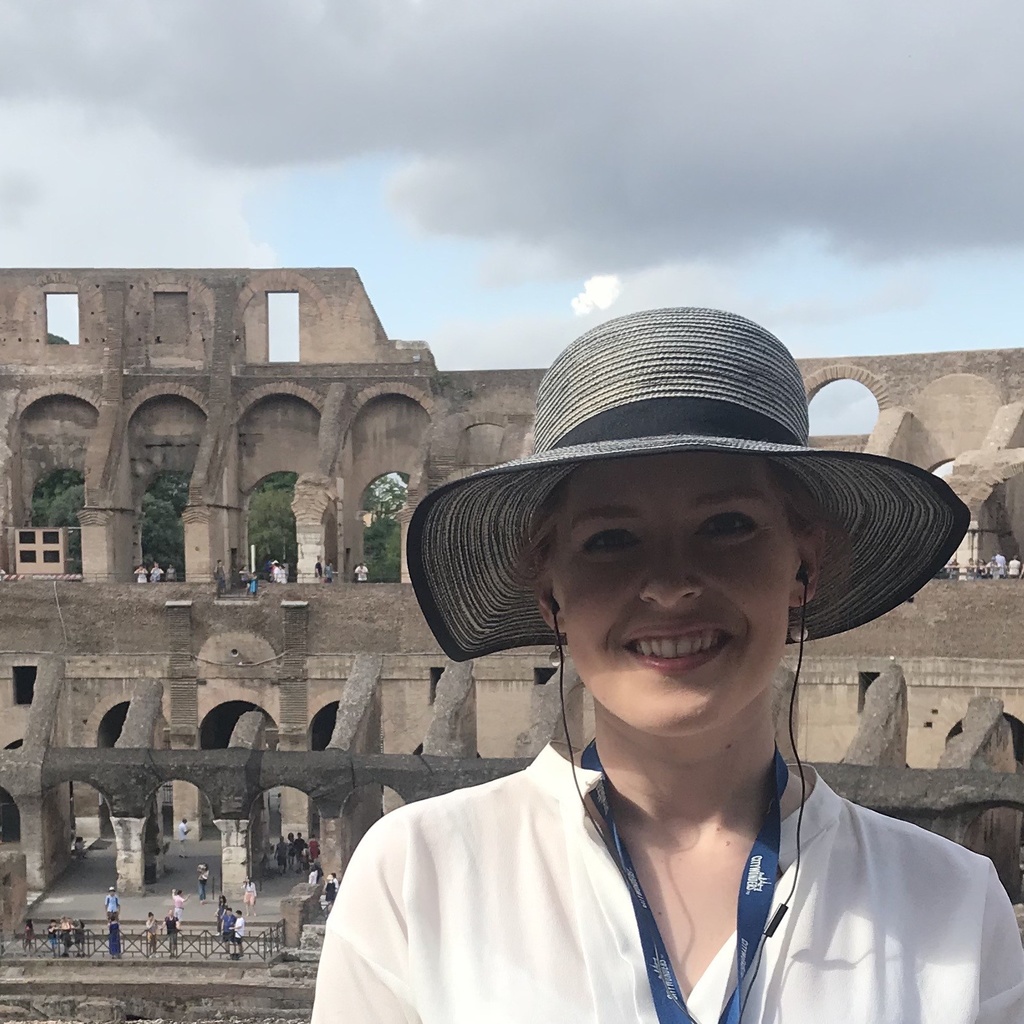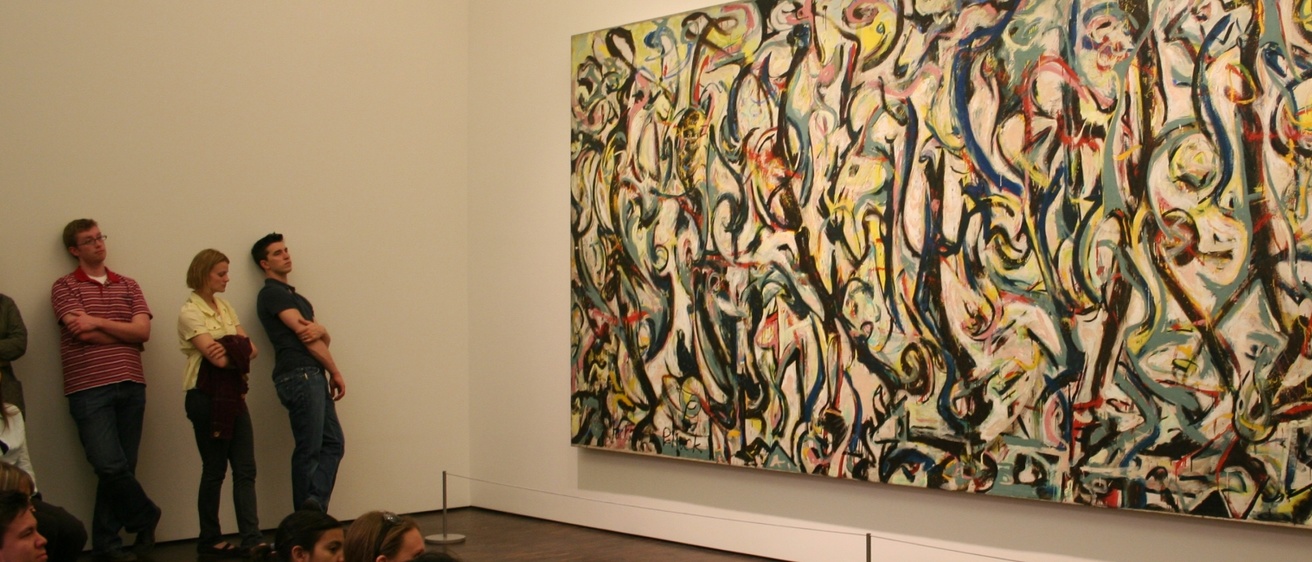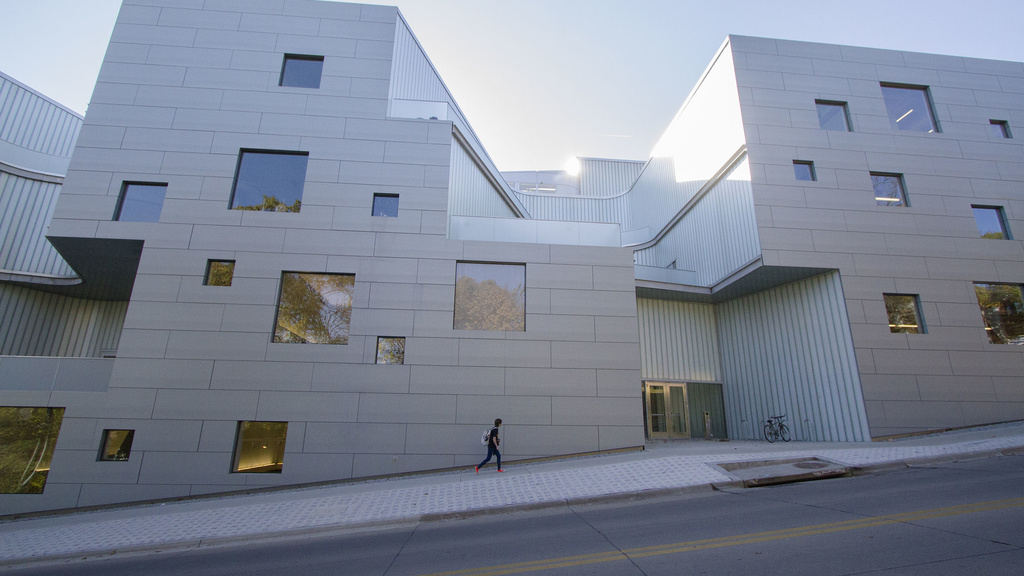Main navigation
Master of Arts (MA) in Art History
Art history in its essence is interdisciplinary and we welcome applicants from across disciplines.
The MA program in Art History prepares students both for doctoral study in the field and for entry-level positions in art-related professions, including work in museums, galleries, and publishing houses. We provide robust financial support to our students, including departmental funding for travel to present research at conferences and funding for summer research, wherever that may take you. Additionally, we offer scholarships specifically for students studying the Renaissance and MA students researching architecture and art historical works in Germany and Poland.
Students take courses, gain teaching experience, and master at least one research language before completing a Qualifying Paper. This paper builds on coursework and is developed into an enhanced version of a term paper by working closely with a faculty mentor. The skills thus built provide a strong foundation for future success, both in the field of art history and beyond.
For more information about our graduate program, see https://art.uiowa.edu/graduate/phd-art-history.
Requirements, admission, and program information
Degree requirements
The Master of Arts program in art history requires a minimum of 30 semester hours of graduate credit and is offered with thesis. MA students are expected to acquire a broad knowledge of art history and to become familiar with major periods and monuments of world art. They also become proficient scholars, receiving training in research methods and theory necessary for subsequent scholarship at the PhD level.
MA students must maintain a grade-point average (GPA) of at least 3.50. Only one semester of academic probation is allowed. All MA candidates, including transfer students, must take at least 24 semester hours in residence at the University of Iowa.
MA students in art history must earn a grade of B or higher in semester-long upper-level courses in five of the following distribution fields: Asian, Ancient Mediterranean, Medieval, Renaissance and Baroque, 18th- and 19th-century European, American, and Modern/Contemporary. These courses must be taken after the BA is granted.
MA students must complete a qualifying paper that demonstrates their ability to conduct scholarly research and convey ideas in writing appropriately for the discipline and for the student's specialization field.
Admission
Applications to the MA program in art history, with all supporting materials and requests for financial aid, must be received by Jan. 10 for fall admission in the following year. Please see application page for complete information.
Required courses
MA students in art history must satisfactorily complete during their first fall semester of enrollment and must register for an art history seminar in their first, second, and third semesters of enrollment. They also must satisfactorily complete every semester that they are enrolled for 9 semester hours or more; students who register for less than 9 semester hours are strongly encouraged to attend the colloquium, as well.
Courses outside the curriculum of the School of Art, Art History, and Design's art history division do not carry art history credit. Cross-referenced courses not taught by art history faculty members also do not carry art history credit.
Directed Studies
Directed Studies (ARTH:6040:0IND) is designed for graduate students who already have taken one or more advanced courses in a specific art history field. It provides students with an opportunity to work one-to-one with a professor to continue specific research interests developed in lecture courses or seminars, or on topics that eventually may be the subject of a thesis or dissertation. Directed Studies cannot be substituted for a lecture course already offered in the program. Students must discuss their decision to take Directed Studies with the professor involved and have the professor's approval. The Directed Studies topic must be within the professor's range of expertise.
Students meet with their professor once a week. The hours of work and written assignments required for Directed Studies must be equal to a comparable regularly scheduled course. Directed Studies is not available through Guided Correspondence Study.
Language requirement
Proficiency in languages is a prerequisite for engaging in archival and field research within the discipline of art history, and the faculty is committed to assisting students in their preparation for such specialized research. Each student is encouraged to collaborate with their faculty advisor to create a personalized strategy for acquiring language skills that will help them further their research agendas.
M.A. students must demonstrate proficiency in a research language chosen in consultation with the faculty advisor by the end of their fourth semester. Students may demonstrate proficiency by a) two years of university-level coursework, b) earning a grade of B or better in a 3000-level advanced language course, c) achieving at least an 80% proficiency score on the level 5 milestone of the relevant Rosetta Stone language program, or d) placing out of the second year of the language on the University of Iowa World Languages Placement Test (https://newstudents.uiowa.edu/world-languages). In exceptional circumstances, students may make a direct petition to the faculty after receiving the recommendation of their advisor. Language courses do not carry degree credit.
MA committee
The MA committee consists of the student's MA thesis advisor and two additional tenured or tenure-track faculty members in art history.
MA qualifying paper
MA students must complete a qualifying paper on a topic that stems from a term paper written for an art history graduate seminar or a 3000-level course. The paper should be between 5,000 and 7,500 words in length (20 to 30 pages exclusive of bibliography and illustrations). A student chooses an advisor who specializes in the student's field of concentration. In cases where a student wants to focus on a topic that involves more than one field, the art history faculty strongly recommends that the student work closely with faculty members in both fields.
Final examination
The final examination constitutes an oral defense of the MA qualifying paper. The final examination meeting with the MA committee normally takes place toward the end of the student's last semester of course work.
Strengths and Resources
Modern studies
Modern studies constitute a significant strength of the program, with four faculty members offering courses and seminars in 18th-, 19th- and 20th-century American and European art and contemporary art and architecture. Students also have opportunities to participate in a variety of interdisciplinary programs in American and European history, literature, and politics.
18th- and 19th-century French and European art
Study of 18th- and 19th-century French and European art is greatly enriched by the De Caso collection of rare books and archives housed in the Art Library. Rare visual materials that are part of this collection have been digitized by the Office of Visual Materials.
20th century art
A major resource for 20th-century art is the International Dada Archive. Founded in 1979, it remains an invaluable resource for students and faculty at The University of Iowa as well as for Dada scholars throughout the world. Moreover, the University of Iowa Special Collections has a number of archives related to twentieth-century artists and artistic movements, from the Fluxus West Collection to the papers of Buster Cleveland. Moreover, the University of Iowa Museum of Art has an extensive collection of art from this period, the centerpiece of which is Jackson Pollock's Mural. In addition to the permanent collection, the UIMA hosts exciting rotating exhibitions such as "Napoleon and the Art of Propaganda" (2012) and “New Forms: The Avant-Garde Meets the American Scene, 1934-1949” (2013).
African art
Another major strength of the department is African art. The Stanley Collection of African Art at the Stanley Museum of Art is one of the country’s most well-respected collections of African art and provides an invaluable resource for graduate students. The Project for Advanced Study of Art and Life in Africa (PASALA) is among the school's major assets, an interdisciplinary program of fellowships, scholarships, conferences, and publications on the visual arts in Africa. Among other things, it helped support the late Professor Christopher Roy's Art and Life in Africa Project, which is a website designed to provide textual and video resources for people interested in learning about various communities in Africa
Ancient and medieval studies
Ancient and medieval studies is another key strength of the program, with three faculty members offering courses and seminars in Egyptian, Near Eastern, Greek, Roman, and medieval art. Students also have the opportunity to study in a variety of related programs in ancient or medieval history, literature, and religion. They are encouraged to participate in the activities of the local chapter of the Archaeological Institute of America as well as the Medieval Studies Program and Iowa Forum of Graduate Medievalists. The University of Iowa Museum of Art provides a unique opportunity to handle Etruscan and South Italian vases while casts of bronze objects from Pompeii are available for close study on campus, and the nearby Cedar Rapids Museum of Art features a number of ancient portraits, from Alexander the Great to Marcus Aurelius. The University of Iowa Special Collections is home to a number of medieval manuscripts, and classes offered by the world-renowned Center for the Book complement these holdings.
Facilities
Create your academic path
You'll find degree overviews, requirements, course lists, academic plans, and more to help you plan your education and explore your possibilities.
Current course list
The MyUI Schedule displays registered courses for a particular session and is available to enrolled students. The list view includes course instructors, time and location, and features to drop courses or change sections.
Need more information?
For more information on the University of Iowa School of Art, Art History, and Design MA, please contact:
Art history faculty

Björn Anderson

Robert Bork

Erin Hein

Amy Huang

Anna Isbell

Dorothy Johnson




